May 16, 2025 | 08:53 GMT +7
May 16, 2025 | 08:53 GMT +7
Hotline: 0913.378.918
May 16, 2025 | 08:53 GMT +7
Hotline: 0913.378.918

The cage is equipped with a cooling system including exhaust fans, blowers, misting fans and cooling pads. Photo: Quang Linh.
The livestock industry is facing increasing challenges, such as disease outbreaks, rising input costs, and climate change, so the integration of modern technologies into closed-loop agricultural models is becoming an inevitable trend.
Nguyen Quoc Chinh, a farmer in Huong Thuong commune, Thai Nguyen city, has made a daring investment in a closed cold-barn pig breeding system, which has yielded evident economic advantages.
At present, his farm is home to a herd of 50 sows. Between 500 and 600 robust piglets are born in each litter. The farm rigorously adheres to disinfection protocols to guarantee biosecurity throughout the production cycle. At the farm's entrance, an automated disinfection gate is required for all individuals and vehicles. This reduces the likelihood of disease transmission from external sources.
The isolated cold-barn system is a unique feature of this model, as it is an innovative facility that specializes in preserving consistent humidity and temperature levels. The barns are equipped with cooling systems that include exhaust fans, blower fans, misting nozzles, and cooling pads. Certain regions are equipped with air conditioners to preserve optimal temperatures throughout the year.
The storage tanks are equipped with automatic ventilation systems that assist in eliminating toxic gases, including ammonia and CO₂, and cooling. Insulated materials are implemented in the walls, roof, and flooring to mitigate heat transfer from the outside. Pigs experience less tension, feed more efficiently, move more, and grow more uniformly in a more controlled living environment. This not only increases productivity but also decreases mortality rates, veterinary drug expenses, and care labor.
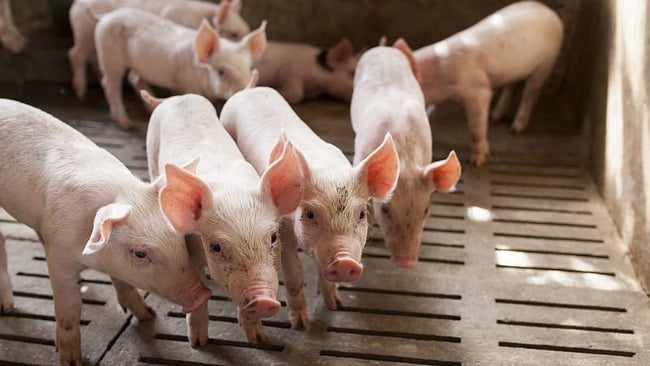
Cold pens protect pigs from intermediate hosts that transmit African swine fever. Photo: QL.
Closed cold-barn systems have shown extraordinary efficacy in disease prevention and environmental control. In a narrowly regulated environment, pigs are less susceptible to respiratory illnesses, humidity-driven illnesses, or weather-related illnesses. It is important to note that the incorporation of contemporary biogas systems for the treatment of waste and wastewater contributes to more sustainable livestock husbandry by reducing environmental pollution and odours.
Feed processing and storage areas, pig habitation areas, and waste treatment complexes with biogas digesters are the three primary zones that constitute a typical cold barn. Prior to accessing the livestock zone, all feed and equipment undergo a comprehensive disinfection process. The interaction between pigs and outsiders is rigorously moderated to mitigate the risk of pathogen introduction.
A distinctive feature of Nguyen Quoc Chinh's farm is the utilization of organic carbon in barn operations. This procedure promotes healthy pig growth without deformities, reduces odors, and enhances air circulation. Commercial buyers purchase all piglets under contract at prices that exceed the market rate, which is presently approximately VND 2.5 million per piglet, due to the high-quality breeding stock present.
"The long-term benefits are well worth the significant initial investment required to construct a closed cold-barn system," Chinh emphasized. "The pigs' living environment is improved, disease risks are better controlled, and production efficiency is significantly improved, thereby contributing to the well-being of farmers and public health."
As the livestock sector rapidly shifts toward high-tech and sustainable models, Chinh’s approach stands as a clear example of innovation in action. His model is not only a sound development strategy for individual farmers but also a valuable practical reference for wider adoption across Thai Nguyen province and beyond.
In recent years, African swine fever has caused significant losses for Vietnam’s livestock sector. The disease has led to the mass culling of millions of pigs, severely affecting pork supply—the country’s main source of meat—and pushing up prices. Thousands of smallholder farms have suffered economic hardship, while efforts to contain and prevent outbreaks have placed a heavy financial burden on local governments and veterinary authorities. The epidemic has also exposed weaknesses in biosecurity, animal health infrastructure, and disease surveillance systems across the country.
In Vietnam and other tropical countries, where high humidity and heat can exacerbate disease outbreaks, cold housing has demonstrated clear benefits in improving herd health, reducing mortality rates, and minimizing the use of antibiotics. While the initial investment is relatively high, the long-term savings in veterinary costs and productivity losses often outweigh the costs, making this a sustainable and modern solution for large-scale pig farming.
Translated by Linh Linh
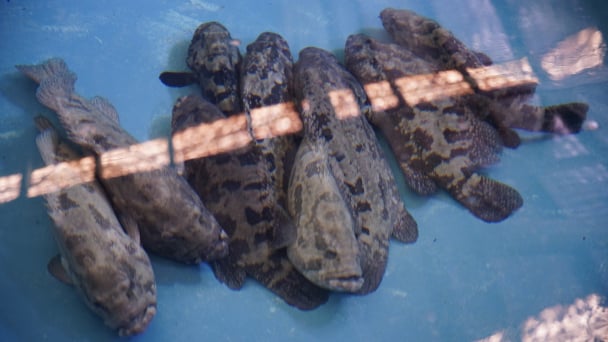
(VAN) To tackle challenges, the project 'Addressing key technical bottlenecks in the grouper supply chain in Vietnam' has been underway since 2024.
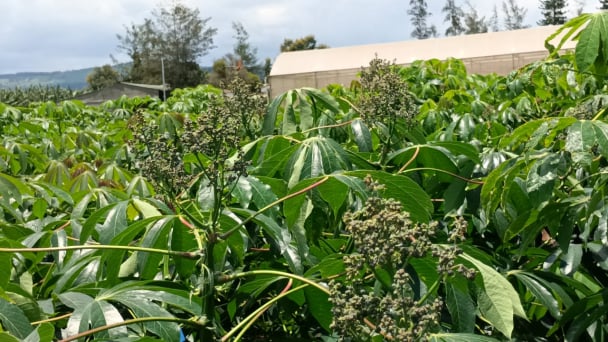
(VAN) The project 'Disease-Resilient and Sustainable Cassava Production Systems in the Mekong Region', funded by the Australian Center for International Agricultural Research (ACIAR), is being implemented from 2024 to 2028.
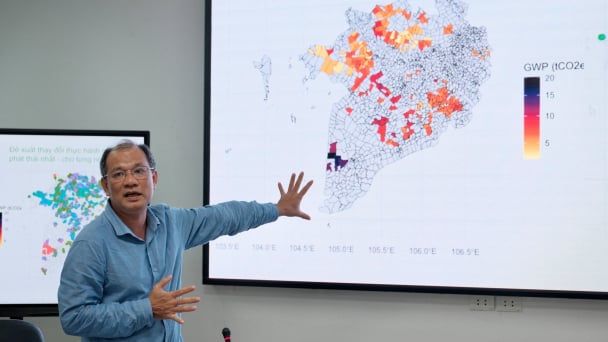
(VAN) Data from 10,000 farming households will help professionalize production organization and support the implementation of the One Million Hectares Program for High-Quality, Low-Emission Rice Cultivation.

(VAN) FAO Director-General QU Dongyu marks International Day of Plant Health at NENA conference.
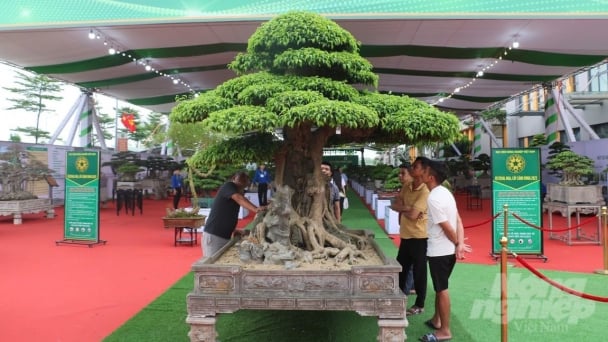
(VAN) Deputy Minister of Agriculture and Environment Hoang Trung affirmed that floriculture and ornamental plants are a growing industry that receives significant global attention.

(VAN) The three staple crops dominating modern diets – corn, rice and wheat – are familiar to Americans. However, fourth place is held by a dark horse: cassava.